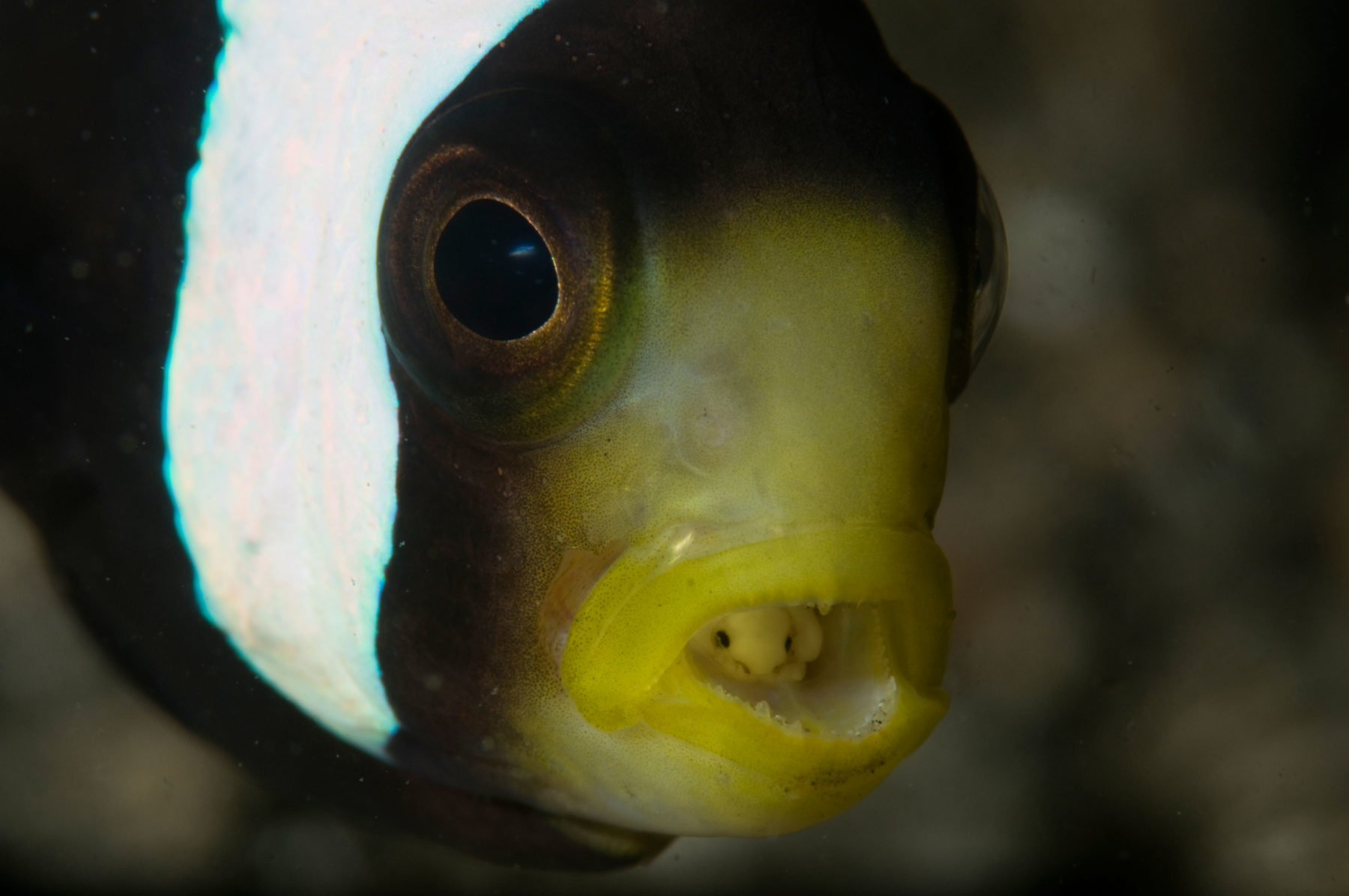The tongue-eating louse is here to ruin everyone’s day

Bec Crew
Bec Crew

The tongue-eating louse, pictured above parasitising a poor anemonefish, is a type of isopod – a buglike creature that you may be familiar with in the form of woodlice (or piggy slaters, as they’re sometimes known).
Isopods make up a large group of crustaceans that can live in marine or fresh water or on land. Many species feed on dead or decaying plant and animal matter, and some are filter-feeders, living off microscopic bits of plants and other nutrients floating through the water.
Some, like our friend inside the anemonefish’s mouth, are external parasites, which means they attach themselves to a host’s body (most often a fish), rather than infecting hosts internally (like a hookworm, for example).
The most famous tongue-eating louse is the species Cymothoa exigua, found in parts of North and South America. It’s notorious for its ability to attach itself to the base of the fish’s tongue, sever the blood vessels and suck the blood out until the tongue drops off, then position itself in the place of the tongue by gripping onto the remaining stump.
It’s ghoulish stuff, and as you can see in the image below, it provides the isopod with a pretty amazing home:

The behaviour not only provides C. exigua with a safe and sheltered home – a rare commodity in any ocean environment – it allows the isopod to consume as much of the fish’s own blood and mucus as it needs. It’s ingenious, especially considering the fish tends to survive pretty well with an isopod in place of its tongue.
While C. exigua is the most well-known species of tongue-eating louse, there are many more.
As scientist Melissa Beata Martin writes in this article for the Australian Museum, tongue-eating lice – or, as she calls them, fish tongue biters – can be members of some eight genera of mouth-attaching cymothoids (Cymothoidae is the family of isopods that they belong to).
There are approximately 100 species of mouth-attaching cymothoids found worldwide, many fish will be sad to know, including in Australian waters.
One example of a little-known Australian cymothoid is the mouth-attaching genus Smenispa (previously Enispa), which occurs in the tropics and subtropics, Martin reports. One species, Smenispa irregularis, has been spotted in Australian waters.
“Our current research shows that Smenispa irregularis occurs on three fish families [Sparidae (sea breams); Carangidae (jacks mackerels, pompanos, scads); and Psettodidae (spiny turbots)], suggesting the species has low host-specificity (apparently it’s not as picky as some),” she says.
Parasitic isopods don’t just target tongues – some target the cheeks, which this fish demonstrates so miserably:

Find out more about the tongue-eating isopods in the video below:




